I'm trying to take two images using the camera, and align them using the iOS Vision framework:
func align(firstImage: CIImage, secondImage: CIImage) {
let request = VNTranslationalImageRegistrationRequest(
targetedCIImage: firstImage) {
request, error in
if error != nil {
fatalError()
}
let observation = request.results!.first
as! VNImageTranslationAlignmentObservation
secondImage = secondImage.transformed(
by: observation.alignmentTransform)
let compositedImage = firstImage!.applyingFilter(
"CIAdditionCompositing",
parameters: ["inputBackgroundImage": secondImage])
// Save the compositedImage to the photo library.
}
try! visionHandler.perform([request], on: secondImage)
}
let visionHandler = VNSequenceRequestHandler()
But this produces grossly mis-aligned images:
You can see that I've tried three different types of scenes — a close-up subject, an indoor scene, and an outdoor scene. I tried more outdoor scenes, and the result is the same in almost every one of them.
I was expecting a slight misalignment at worst, but not such a complete misalignment. What is going wrong?
I'm not passing the orientation of the images into the Vision framework, but that shouldn't be a problem for aligning images. It's a problem only for things like face detection, where a rotated face isn't detected as a face. In any case, the output images have the correct orientation, so orientation is not the problem.
My compositing code is working correctly. It's only the Vision framework that's a problem. If I remove the calls to the Vision framework, put the phone of a tripod, the composition works perfectly. There's no misalignment. So the problem is the Vision framework.
This is on iPhone X.
How do I get Vision framework to work correctly? Can I tell it to use gyroscope, accelerometer and compass data to improve the alignment?



